

These days, it's generally inadvisable to purchase a game sight unseen without checking reviews first, but if there's any series that merits complete trust based on its track record, it's Zelda. So it's no surprise that The Legend of Zelda: Skyward Sword is a must-play not only for all Zelda fans, but all Wii owners in general. In nearly every way, it upholds the high standard of the series and is a worthy entry to mark Zelda's 25th anniversary.
For many people, that's all that needs to be said – the rest is like a giant present that takes upwards of 50 hours to unwrap, and discussing what's under each new layer only spoils the fun. With that said, we'll keep this review spoiler-free and hit the main points of interest without ruining too much of the magic of discovery.
Skyward Sword subverts the typical Zelda paradigm in ways that aren't immediately obvious just by looking at screens and gameplay snippets. The world itself is structured unlike any other Zelda world – it's definitely not Hyrule as usual. It's divided into two sections: Skyloft and the "surface" world below it. The bulk of the story takes place on the surface, and Skyloft acts more as a homebase where you go to recuperate and explore more leisurely.
The biggest departure from the typical Zelda formula is the lack of the usual separation between overworld and dungeons. Instead, the entire surface world is like a giant series of smaller outdoor dungeons. Navigating through each new area to find the temple takes just as long – if not longer – than completing the temple itself, and the road is paved with a similar type of exploration and puzzles you'd expect from a temple, if slightly more spread out.
On one hand, this means there's much more of the type of classic Zelda environmental puzzles that we love, which is obviously a good thing. The increase in quantity doesn't mean a decrease in quality either – there's never a lull or a dip in the meticulous environmental design throughout the entire game. Plus, it's always clear where you're supposed to go at any given point – we never found ourselves aimlessly wandering in search of what to do.
The tradeoff is that, while there's still plenty of exploration, there's no breathing room on the surface world like you'd find in an expansive area like Hyrule Field in Ocarina of Time or Twilight Princess. The lack of space on the surface though is mitigated by the openness of the sky world, and flying around exploring its various floating islands feels reminiscent of the sailing in Wind Waker, albeit on a smaller scale.
Temples still follow the classic formula, where you explore around to find treasure chests with small keys to open locked doors, which lead to the map, the temple's item (the slingshot, the flying beetle, the whip and so on), and finally the big key that leads to the temple's boss battle. Each temple is smaller and more manageable compared to some of the gargantuan dungeons of Zeldas past, so the dreaded "temple fatigue" never has a chance to set in. Despite this, they still feel like full dungeons, and the bosses all live up to what we expect from proper Zelda bosses – each requires inventive use of your newfound items combined with expert swordsmanship.
In breaking the game up into smaller chunks, it feels more accessible (especially for newcomers to the series, which Nintendo undoubtedly had in mind), but at the same time still maintains everything about classic Zelda that fans are looking for. Adding to the accessibility, each save point (which are plentiful, by the way) also doubles as a teleport spot, and from Skyloft you can conveniently teleport to any point on the surface by choosing your desired destination on the world map.
Together, the structure of the world and the flow of the gameplay feel like a pretty big shake up for the series, but it's one that definitely works. And speaking of shaking things…
True to the title, the star of the Wii MotionPlus controls in Skyward Sword is definitely the swordplay. Link's sword moves accurately based on how you move the Wii Remote – swing it diagonally up and to the right and Link swings along with you. We found that even when we used fairly limited movements, the sword always did exactly as we wanted. Using the sword, especially against enemies designed to block you at certain angles, is satisfying in a very tactile way.
Even the flight controls, which we were initially skeptical about, work well despite not being as literal as the sword controls. The beetle item in particular proved to be the most reached-for item in our adventure bag, and we used its behind-the-beetle aerial point of view to fly over inaccessible terrain and scope out the situation ahead many times, often using it even when it wasn't required to solve a puzzle.
Motion control still isn't without its setbacks though. Every time you obtain a new item that uses motion controls, your companion Fi pops up to remind you of how to recalibrate the controls should they slip out of alignment. Recalibrating only takes a second though – just pull up a menu, point the remote at the center of the screen and hit the down on the d-pad to re-center the cursor.
Not too big of a deal in and of itself, but it happens a lot. At times we found ourselves needing to re-align the cursor what felt like every few minutes. No matter how much some might poo-poo traditional controls in favor of motion controls, we never remember having to troubleshoot our GameCube controllers like that – just saying. Though we still prefer traditional button inputs, we have to admit that the Wii MotionPlus really does work well here overall, and while the detractions are there, they're relatively small.

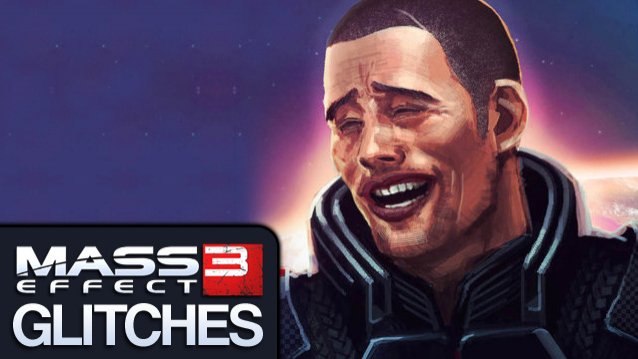
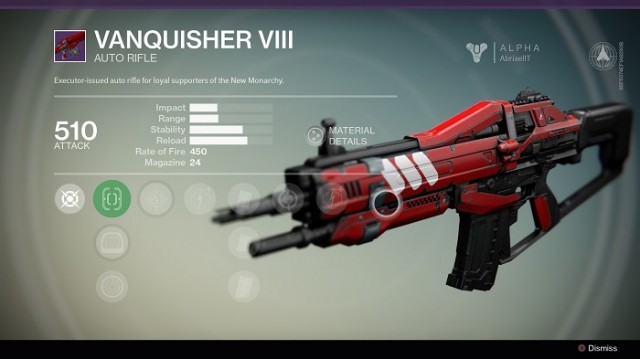

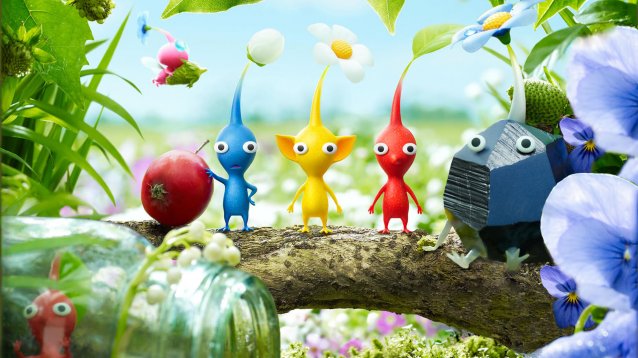 Pikmin 3 Secret Memo Locations Guide
Pikmin 3 Secret Memo Locations Guide Prepare To Be Amazon Cloud Service Certified for 87% Off
Prepare To Be Amazon Cloud Service Certified for 87% Off The Worst Security & Malware Threats for Online Gamers
The Worst Security & Malware Threats for Online Gamers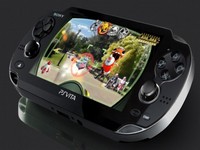 How to Change Brightness of PS VITA screen
How to Change Brightness of PS VITA screen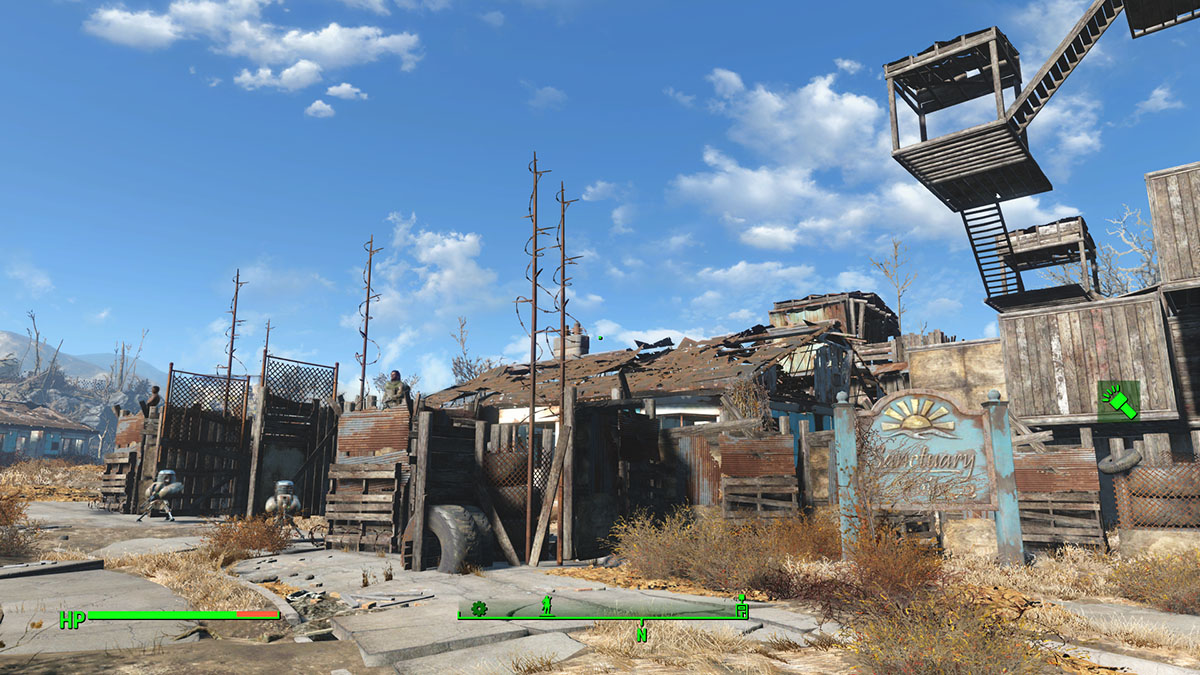 Fallout 4 Guide: How to Debug Unstuck Settlements
Fallout 4 Guide: How to Debug Unstuck Settlements